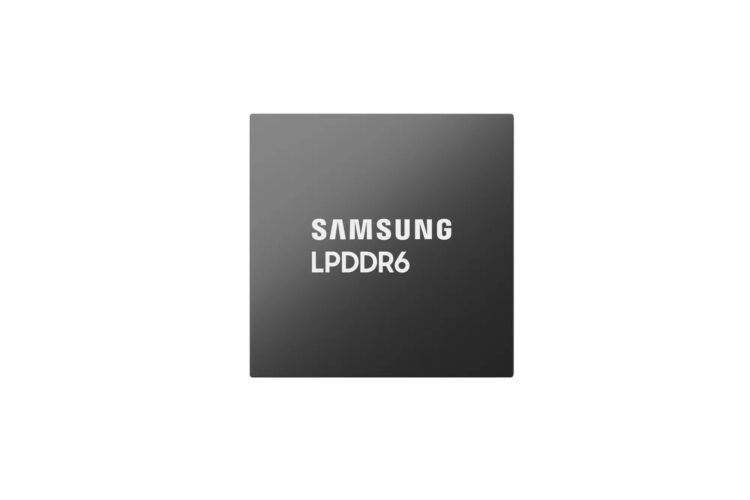Samsung recently announced that it will be showing off its new LPDDR6 memory standard during CES 2026. The next generation memory modules will be built on an advanced 12nm process and support super-fast bandwidth speeds of up to 10.7 Gbps.
As AI, edge computing, and mobile platforms continue to evolve, the demand for faster, more efficient, and secure memory is reaching new heights. LPDDR6 is a next-generation memory solution engineered to meet these demands. Built on an advanced 12nm process, LPDDR6 supports blazing-fast data rates of up to 10.7Gbps and features an expanded I/O count to maximize bandwidth—ideal for data-intensive mobile applications, edge computing, and AI workloads. A dynamic power management system intelligently tunes power consumption by workload, delivering approximately 21% better energy efficiency than its predecessor. LPDDR6 also introduces enhanced security mechanisms to safeguard data integrity, expanding its role beyond mobile into industrial and mission-critical AI environments. With its scalable, cross-platform architecture and eco-conscious design, LPDDR6 strikes a powerful balance between performance, energy savings, and reliability—making it an essential memory solution for the intelligent systems of tomorrow.

For context, the current LPDDR5 and LPDDR5X have a bandwidth or data rate of 6,400MT/s and 8,533MT/s, respectively. With LPDDR6, we’re looking at speeds between 10.67GT/s and 14.4GT/s.
Power efficiency is also a key factor with LPDDR6. Just as LPDDR5 runs at lower voltages than LPDDR4, so too does the next-generation memory, thanks to the use of a dual VDD2 supply. Comparatively, Samsung says the new memory standard should provide 21% better energy efficiency over the current standard.
Surprisingly, there’s been no word as to when LPDDR6 is expected to hit laptops and other mobile devices, not even from Intel and its upcoming Panther Lake. At this stage, we’re looking at a possible end of 2026, early 2027 release date, with next year perhaps being the curtain call for LPDDR5.
(Source: CES, Videocardz)


